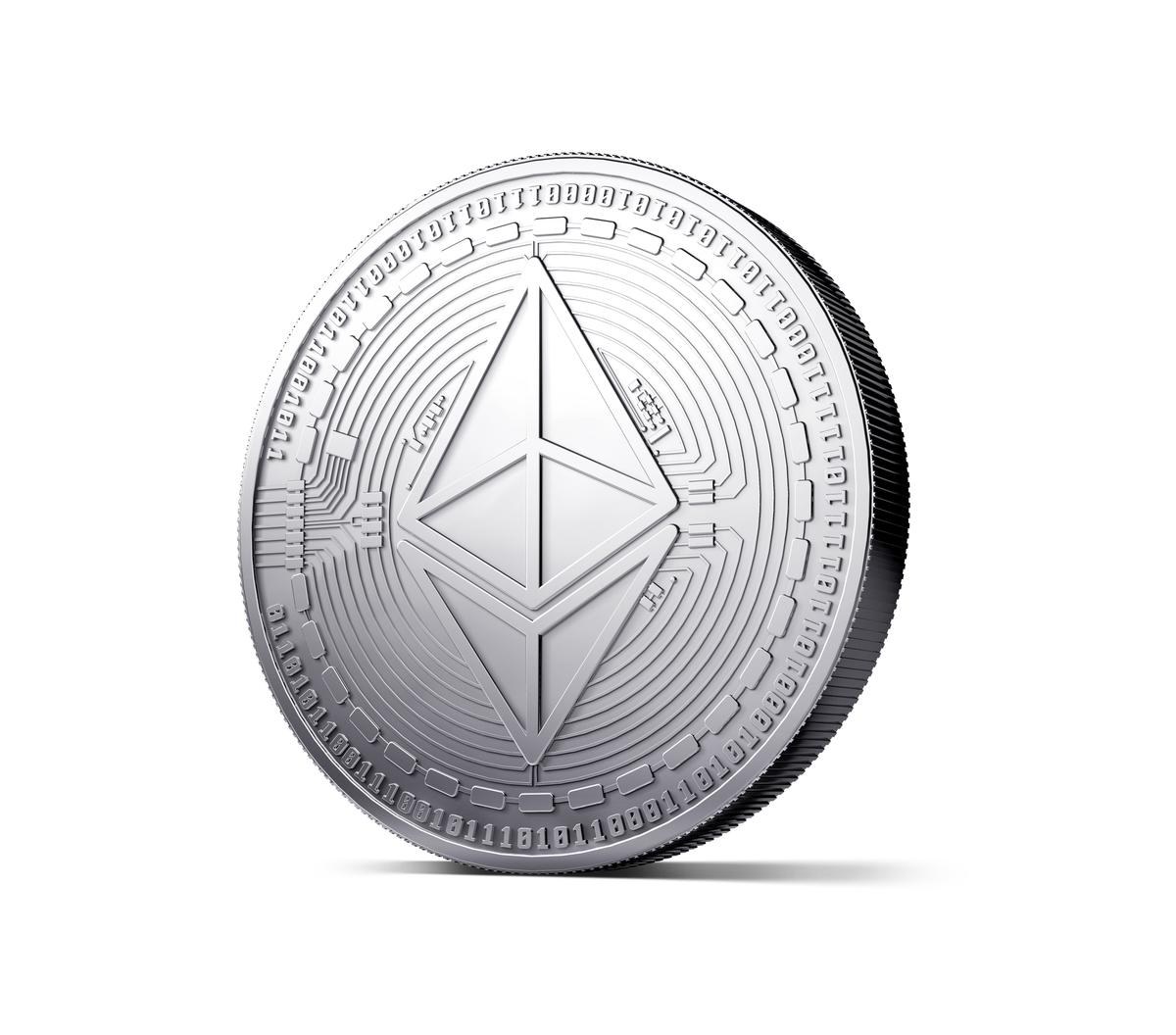The cryptocurrency market capitalization briefly surpassed $100 billion, and ethereum ($21 billion) looked like it was starting to steal the show from bitcoin ($38 billion). However, ethereum is not a cryptocurrency in the strict sense; it’s a crypto token used to power the ethereum network of so-called smart contracts.
These contracts are agreements between two or more parties that are logged, verified, and enforced by the ethereum blockchain, the decentralized mathematical protocol designed for that purpose. The network of computers all around the globe that verify the transactions are called miners, and they are rewarded with ether (the token) for their trouble.
If I want to log a contract on the ethereum blockchain rather than with a notary, I have to use ether to do that—and I'll save money on the notary. The details of the contract will be encoded on the blockchain, and only the parties to the transaction can use their keys to access it.
But the blockchain itself is public and audited by the network of miners rather than a centralized entity like the clearing house of a stock exchange.
Smart contracts can be used for anything from buying and selling stocks (Veritaseum) to entertainment production (SingularDTV). Both Veritaseum and SingularDTV use the ethereum open-source protocol invented by 23-year-old Vitalik Buterin and a group of other programmers.
Not Money
However, the tokens used to power the network are not currency or money, as they are not used as a universal medium of exchange to buy goods or services. Other cryptocurrencies like bitcoin, litecoin, and monero have that use, but not ether.
The primary purpose of ether is to power the ethereum network of smart contracts. However, since ether has value ($220 per token at the time of writing), it can be used as a means of payment by anyone with an ether wallet. It does not have the commercial payment infrastructure that bitcoin has, however.
Because of its flexibility and open-source properties, ethereum was chosen by some high-profile companies, including Accenture, BP, and the CME Group, to use for developing blockchain solutions for business.
The corporate backing and the wide potential applications of the protocol propelled the tokens from $8 at the beginning of the year to a high of $410 in early June. Even Russian President Vladimir Putin expressed interest in the uses of ethereum for digitalizing the Russian economy, when he met with Buterin in early June.
Problems
However, despite the hype and the thousands of different ethereum startups, as well as the corporate-backed Enterprise Ethereum Alliance, there is not yet any large-scale commercial application of the protocol.






